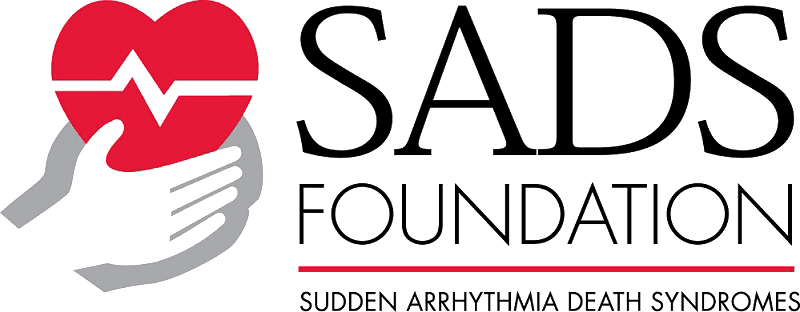CPVT Overview
What is CPVT?
Catecholaminergic Polymorphic Ventricular Tachycardia (CPVT) is a rare cardiac disease caused by a genetic abnormality affecting the heart’s rhythm. CPVT is typically first diagnosed in children. It often presents with fainting, seizure-like episodes or cardiac arrest during exercise, physical activity or emotional stress.

CPVT has an estimated prevalence of 1:10,000 or approximately
33,000
people in the US.1
What Causes CPVT?
The disease is caused by inherited abnormalities in genes that control calcium movement inside heart cells. This results in extra heartbeats which can trigger potentially life-threatening arrhythmias.
95% of genetically identified cases are due to RYR2 mutations and 5% of genetically identified cases are due to CASQ2 mutations. RYR2 and CASQ2 genes provide instructions for making proteins that help maintain a regular heartbeat.
Common Symptoms
Fainting (Syncope):
This is often the first sign of CPVT and is typically triggered by exercise or emotional stress.
Seizure-like Episodes:
These episodes are often mistaken for epilepsy, complicating the diagnosis of CPVT.
Anxiety and Depression:
Common due to fear of sudden cardiac death (SCD) and lifestyle restrictions. Patients and caregivers also experience significant psychological distress, particularly in pediatric cases.
CPVT at a Glance
Typically identified in younger patients (mean onset between 7-9 y/o)
Most often inherited in an autosomal dominant fashion, CPVT generally affects boys and girls equally
Characterized by adrenaline-induced abnormal heart rhythms (arrhythmias), which can be triggered by physical activity and emotional stress, directly impacting quality of life
Poor Prognosis: Historically up to 50% mortality by age 35 if left untreated
Each child of an affected parent has a 50% chance of inheriting the abnormality
There are no FDA-approved therapies for the treatment of CPVT
Resources
Learn more about CPVT through the following organizations:
Following is the jquery code that sets the body class to the page without a photo hero
References:
- Priori, et al. JACC Focus Seminar. 2021. https://www.jacc.org/doi/10.1016/j.jacc.2020.12.073

